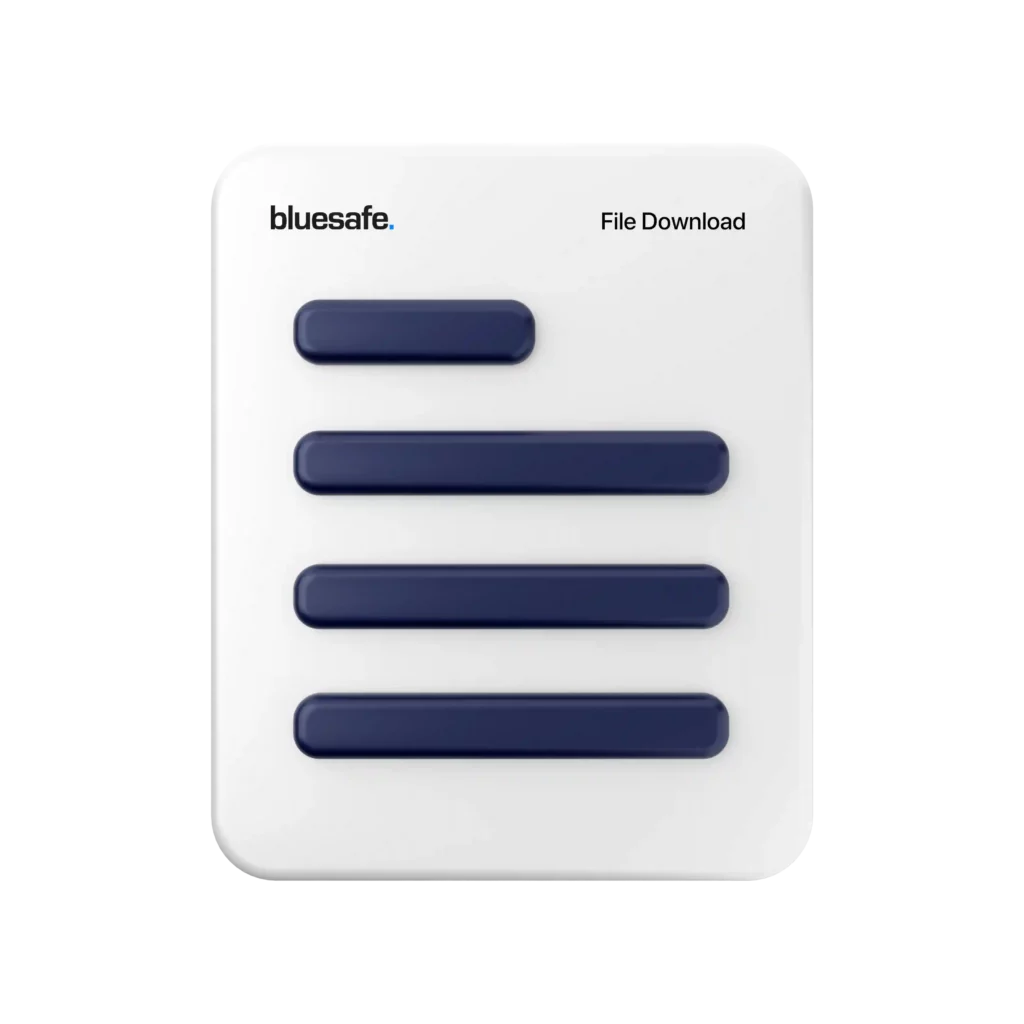First of all, let’s talk about what a safe work method statement actually is. Essentially, it’s a document that outlines the steps that need to be taken to complete a particular job or task safely. It includes information about the hazards that are present, the control measures that are in place to mitigate those hazards, and the procedures that need to be followed in order to carry out the work safely.
Now, I know what you’re thinking. “Gary, this all sounds like a bunch of bureaucratic nonsense. I’ve been doing this job for years, I know what I’m doing, why do I need to waste my time filling out paperwork?” And I get it, I really do. But the truth is, not following a safe work method statement can have some pretty serious consequences.
Let’s start with the obvious: if you don’t follow the procedures that are outlined in the safe work method statement, you’re putting yourself and your colleagues at risk. Maybe you’re taking shortcuts to save time, or maybe you’re just not paying attention because you think you know what you’re doing. Whatever the reason, the end result is the same: you’re increasing the likelihood of an accident or injury occurring.
And it’s not just the physical risks that you need to be worried about. If something does go wrong and you haven’t followed the safe work method statement, you could be liable for any damages or injuries that result. That means you could be facing a lawsuit, or even criminal charges, depending on the severity of the situation.
But it’s not just about the legal and financial risks. There are also reputational risks to consider. If you’re not following the procedures that are outlined in the safe work method statement, you’re not just putting yourself and your colleagues at risk, you’re also putting your company’s reputation on the line. If there’s an accident or injury, your company could be seen as negligent, and that can have serious consequences for your business.
So, what can you do to mitigate these risks? Well, the first step is to take the safe work method statement seriously. Yes, it might seem like a hassle, but it’s there for a reason. It’s there to keep you safe, and to make sure that everyone goes home at the end of the day in one piece.
Make sure you take the time to read and understand the safe work method statement before you start any job or task. If there’s anything that you’re not sure about, ask your supervisor or manager for clarification. And if you come across any hazards or issues that aren’t covered in the safe work method statement, make sure you bring them to someone’s attention before you start work.
Another important thing to remember is to always follow the procedures that are outlined in the safe work method statement. Don’t take shortcuts, and don’t assume that you know better than the document. If there’s a step that you’re not sure about, refer back to the safe work method statement.
Finally, make sure you’re always wearing the appropriate personal protective equipment (PPE) for the job. The safe work method statement should outline what PPE is required, so make sure you have everything you need before you start work.
In conclusion, the risks of not following a safe work method statement are serious and can have significant consequences. But by taking the document seriously, reading and understanding it, following the procedures outlined, and wearing the appropriate PPE, you can help to mitigate those risks and keep yourself and your colleagues safe. Remember, safety should always be your number one priority.
Cheers,

![]()







